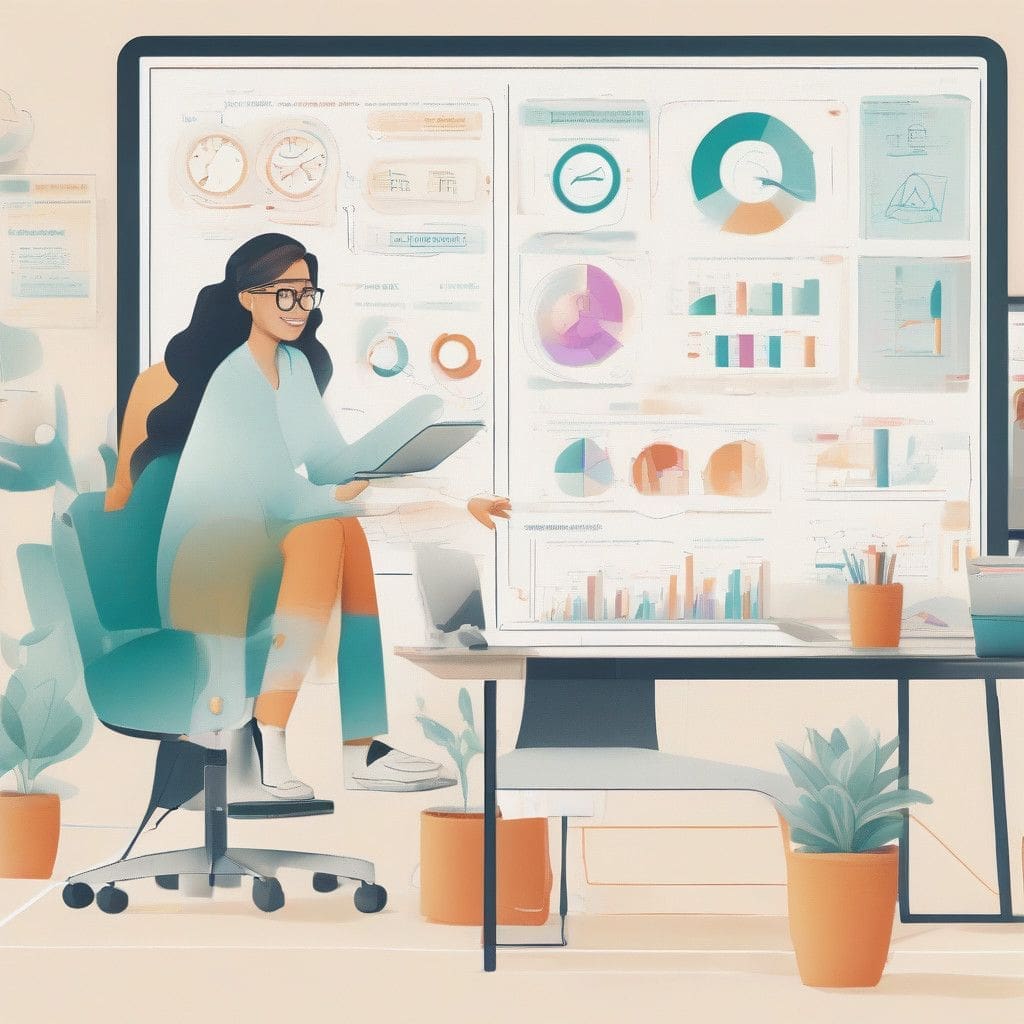The landscape of job applications is rapidly transforming with the integration of artificial intelligence (AI) tools. A recent case caught attention when an individual claimed to have used an AI tool named AI Hawk to apply for 2,843 positions within a matter of hours. This significant achievement raises critical conversations about how automation is reshaping the hiring process and what it means for both job seekers and employers.
AI Hawk is designed to simplify the job application process dramatically. This tool automates several steps that were traditionally manual, including generating tailored résumés, composing customized cover letters, and filling out job applications. By removing much of the human effort typically associated with job applications, AI Hawk allows users to focus more on qualification rather than administrative tasks.
The emergence of tools like AI Hawk indicates a broader trend where job seekers are no longer required to manually go through the tedious process of applying for multiple jobs individually. Instead, AI technology enables them to apply for hundreds, if not thousands, of jobs simultaneously. This phenomenon is not just a gimmick; it’s reflective of a changing dynamic in hiring practices and job searches.
A survey conducted in 2023 found that approximately 42% of companies actively utilize AI in their recruitment processes. This includes screening and interviewing candidates, indicating a shift where human involvement in these initial stages of hiring is being increasingly reduced. Companies can filter through numerous applications more efficiently, but this growth in automation also leads to concerns about the fairness and thoroughness of these assessments.
While AI tools can save time and improve efficiency, they also pose potential drawbacks for job seekers who rely solely on automation. Candidates who apply manually often have the opportunity to personalize their applications, potentially letting their unique qualities and experiences shine through. Automated applications, while faster, may lack the personal touch that could be critical for a candidate’s success.
The implications of this trend extend beyond just job seekers. Employers may find themselves relying heavily on algorithms to identify suitable candidates without understanding the nuances of individual experiences. This shift creates a feedback loop. With AI tools only improving in efficacy, traditional methods of job searching and applicant evaluations could be overshadowed, raising questions about the future of recruitment.
In this new reality, job seekers need to adapt to survive and thrive. Understanding the purpose and function of AI tools like AI Hawk can become advantageous. For instance, applicants could use these tools to apply en masse, but also ensure they reserve time to tailor specific applications for roles that particularly interest them. By leveraging both AI and personal input, candidates can strike a balance that enhances their chances of landing an interview.
Furthermore, companies implementing these AI screening processes must also consider the metrics being used. Criteria that prioritize speed and volume might obscure qualified candidates who would otherwise add significant value to teams and cultures within organizations. It becomes essential for hiring teams to review how AI influences their hiring strategies and to remain vigilant about potential biases inherent in algorithm-driven evaluations.
As this automated job climate intensifies, it’s crucial for both job seekers and employers to navigate these changes thoughtfully. The advantage of using AI in job applications lies not just in efficiency, but also in becoming more strategic about how technology can complement human qualities.
AI tools like AI Hawk will undoubtedly continue to evolve, and their role in the job application process will likely become more prevalent. As both job seekers and employers become accustomed to these changes, a balanced approach that respects the strengths of human insight while embracing technological advantages will be paramount.
To summarize, while automation in job applications can streamline many processes, the most successful outcomes will occur when candidates use AI tools as an aid alongside thoughtful, personal engagement. The interplay between technology and human elements will define the future landscape of hiring and job applications.
